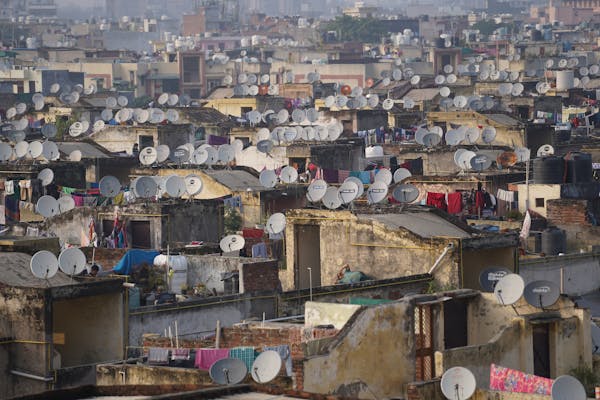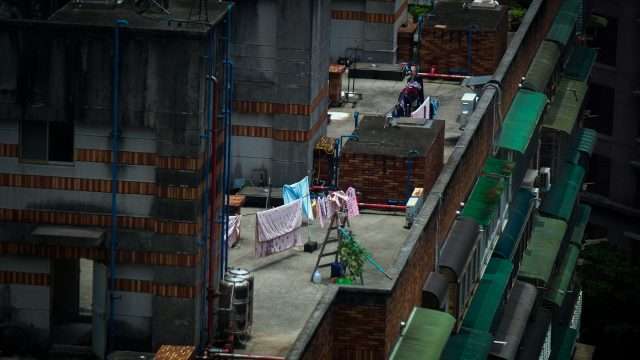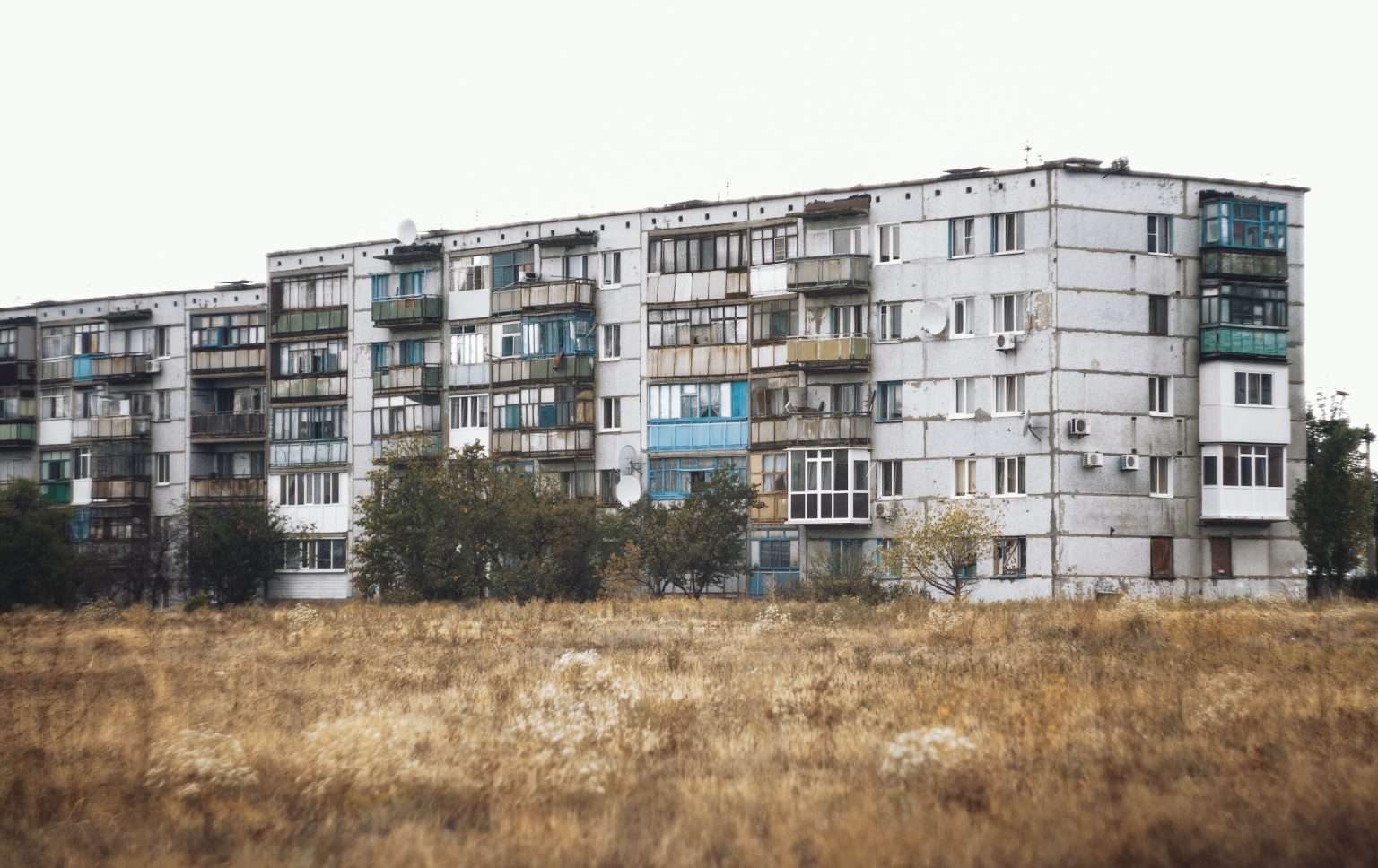Where Do Youth Feature In The International Poverty Line 2022?

Poverty Line
Poverty line 2022; Poverty is a widespread issue that affects people of all ages, races, and genders. However, the youth are particularly vulnerable to the effects of poverty, which can have long-term consequences on their education, career prospects, and overall well-being. In this essay, we will explore where youth feature in the international poverty line for the year 2022.
According to recent statistics, in the Poverty line 2022, there are approximately 1.3 billion people living in extreme poverty worldwide, with youth accounting for a significant portion of this number. The World Bank defines extreme poverty as living on less than $1.90 per day, which means that many young people are forced to live in conditions of extreme deprivation, lacking access to basic necessities such as food, shelter, and healthcare.
In many developing countries, the Poverty line 2022 and poverty are especially prevalent among young people due to factors such as lack of education, limited job opportunities, and insufficient government support. For example, in sub-Saharan Africa, over 40% of the population is under the age of 15, and many of these young people are living in poverty-stricken areas with few resources or opportunities for advancement.
Furthermore, the Poverty line 2022 was influenced with the COVID-19 pandemic and exacerbated the issue of poverty among youth, with many young people losing their jobs or being forced to drop out of school due to financial hardship. The pandemic has also highlighted the importance of social safety nets and government support programs for vulnerable populations, including youth.

To address the issue of youth poverty, it is essential to implement policies and programs that focus on education, employment, and social protection. Education is a critical tool for breaking the cycle of poverty, as it provides young people with the skills and knowledge they need to secure better-paying jobs and improve their standard of living. Governments must invest in education and ensure that all young people have access to quality schooling.
Employment is another key factor in reducing youth poverty, as it provides young people with a means of earning a living and becoming financially independent. Governments and private sector organizations can create more job opportunities for young people through initiatives such as vocational training, entrepreneurship programs, and apprenticeships.
Finally, social protection programs such as cash transfers and health insurance can provide a safety net for youth who are living in poverty. These programs can help to ensure that young people have access to basic necessities and are not forced to rely on risky or exploitative means of earning a living.

Youth Role on poverty line 2022
As of 2021, the poverty line is a significant issue worldwide, and youth plays an important role in tackling it. The youth population has the drive, technology knowledge, and innovative mindset necessary to develop effective solutions for poverty alleviation. Youth involvement is essential to advocating for poverty reduction policies, contributing to charity initiatives and volunteering efforts in their communities. Moreover, the youth demographic can raise awareness of the importance of achieving a poverty-free future, and engage with their peers in dialogue about the issue.
In 2022, Poverty line 2022, the youth will have high expectations and face challenges on poverty reduction initiatives, which would require collaboration and effective outcomes. By tapping into the technological knowledge and innovation of the youth, we can create more inclusive communities and more effective programs to reduce poverty levels. Youth involvement in poverty initiatives serves as a catalyst for collective actions and innovative solutions. By 2022, the youth should focus on developing sustainable strategies and mobilizing resources to end poverty.
Youth participation on poverty instances impacts their future in different ways. By taking an active role, they earn valuable experience in advocacy, development of social responsibility, empathy, and social change. On the other hand, in excessive gender inequalities and ethical practices within political governance, youth plays a critical role in peaceful community coexistence, civic enforcement and responsibility for change. Therefore, youth engagement on poverty alleviation initiatives not only empowers them but also creates a brighter future for generations to come.
How Are American Youth Affected By Poverty Line?
The issue of poverty in America is a persistent problem that affects millions of individuals, including youth. The poverty line refers to the minimum income level set by the government to meet basic needs. Unfortunately, many youth in America are forced to live below this poverty line, putting them at risk for a multitude of negative physical, emotional, and educational outcomes.
First, poverty can have a significant impact on a youth’s health and well-being. Lack of access to nutritious food, healthcare, and safe housing can lead to malnutrition, chronic illnesses, and higher rates of mental health disorders. These health disparities can hinder a youth’s ability to grow, develop, and succeed academically.
Second, poverty also affects a youth’s educational opportunities. Limited financial resources mean they may attend underfunded schools with fewer educational resources and extracurricular activities. This lack of access to quality education can perpetuate the cycle of poverty, as it reduces their chances of obtaining higher education or securing well-paying jobs in the future.
Moreover, living below the poverty line often means limited access to extracurricular activities and enrichment programs that can help foster personal growth and development. Many youth are unable to participate in sports, music lessons, art classes, or other activities that contribute to their overall well-being and character-building. This lack of access to such opportunities can impede their social skills, self-esteem, and future prospects.
Additionally, poverty can lead to increased exposure to crime and violence. Impoverished neighborhoods often lack adequate safety measures, such as well-lit streets or police presence, making youth vulnerable to various forms of violence. Growing up in violent environments can have long-term psychological effects, leading to higher rates of depression, anxiety, and post-traumatic stress disorder among impoverished youth.
Furthermore, the financial strain of poverty can put immense pressure on families, leading to increased stress levels and strained relationships. Parental conflicts resulting from financial difficulties can cause emotional distress for youth, affecting their mental health and overall well-being. These circumstances can also contribute to higher rates of substance abuse, as youth may turn to drugs and alcohol as a coping mechanism.
Moreover, poverty can limit social mobility and create barriers for youth to escape the cycle of poverty. Limited financial resources often translate into less exposure to opportunities that can foster personal growth and development. This lack of exposure can hinder a youth’s ability to expand their networks, access mentorship programs, or participate in internships, all of which are crucial for career advancement.
The impact of poverty on youth is not limited to their individual experiences but extends to society as a whole. Research has demonstrated that poverty often results in decreased productivity, higher healthcare costs, and increased reliance on public assistance programs. Therefore, addressing youth poverty is not only a matter of social justice but also a fiscally responsible decision.
The impact of poverty on America’s youth is far-reaching and multifaceted. The physical, emotional, educational, and societal consequences of living below the poverty line can have long-lasting effects on youth. By understanding and addressing these challenges, society can work towards providing equal opportunities and support for all youth, breaking the cycle of poverty and creating a brighter future for future generations.
How Are European Youth Affected By Poverty Line?
The issue of poverty among European youth has gained significant attention in recent years. This essay examines how the poverty line affects European youth and delves into various aspects such as education, healthcare, employment, mental health, and social exclusion. By exploring these dimensions, we can gain a comprehensive understanding of the challenges faced by young individuals living in poverty in Europe.
Education
Poverty affects European youth’s access to quality education. Children from low-income families may lack resources like books, technology, and transportation, hindering their academic performance and widening the education gap. This can have long-term consequences on their future prospects.
Healthcare
Poverty often denies young individuals adequate healthcare services. Lack of financial resources amplifies health inequalities and prevents timely diagnosis and treatment, leading to negative health outcomes and reduced life chances for European youth experiencing poverty.
Employment
Youth from impoverished backgrounds often struggle to secure stable employment opportunities. Poverty limits their access to vocational training, career development programs, and networking platforms, hindering their chances of entering the job market and perpetuating the cycle of poverty.
Mental health
Financial constraints can have a severe impact on the mental well-being of European youth. The constant stress of living in poverty, dysfunctional family environments, and limited access to mental health services contribute to increased rates of anxiety, depression, and other psychological disorders within this vulnerable population.
Social exclusion
Poverty can isolate European youth from social interactions and networks, leading to substantial feelings of exclusion and discrimination. This social isolation hampers their personal and social development, limiting their opportunities for growth and participation in society.
Housing instability
Poverty frequently leads to inadequate and unstable housing situations for young individuals. This instability disrupts their education, health, and overall well-being, leaving them vulnerable to homelessness and housing precarity.
Nutrition
Poverty often restricts the access of European youth to a balanced and nourishing diet. Poor nutrition impacts their physical and cognitive development, leading to increased health risks and hindering their academic and professional performances.
Crime and violence
Poverty increases the risk of youth involvement in criminal activities. Lacking alternative pathways for success, some young individuals may resort to illegal means to survive, which perpetuates the cycle of poverty and contributes to social unrest in communities.
Intergenerational transmission
Poverty among European youth can have profound implications for future generations. When young people experience economic hardship, it hinders their ability to break the cycle of poverty, increasing the likelihood of their children also living in poverty.
Policy implications
Addressing the issue of youth poverty requires comprehensive policies that encompass education, social welfare, employment, healthcare, and social integration. Investing in quality education, supporting youth-friendly healthcare systems, implementing effective social protection programs, and promoting youth empowerment can all contribute to alleviating the impact of poverty on European youth.
European youth are profoundly affected by the poverty line, impacting various facets of their lives such as education, healthcare, employment, mental health, social exclusion, housing, nutrition, crime, violence, and intergenerational transmission. Understanding these multifaceted challenges is crucial in developing comprehensive strategies and policies to promote social inclusion, improve opportunities, and break the cycle of poverty for young individuals across Europe.
Conclusion on Poverty Line 2022
In conclusion, youth poverty is a critical issue that requires urgent attention from governments, international organizations, and civil society groups. By investing in education, employment, and social protection, we can help to reduce poverty among young people and build a more prosperous and equitable world for all.
References
World Bank. (2021). Poverty and Shared Prosperity Report 2020. Retrieved from https://openknowledge.worldbank.org/bitstream/handle/10986/34496/9781464816024.pdf
United Nations. (2020). Policy brief: The impact of COVID-19 on children. Retrieved from https://www.un.org/sites/un2.un.org/files/policy_brief_on_covid_impact_on_children_16_april_2020.pdf



4 thoughts on “Where Do Youth Feature In The International Poverty Line 2022?”